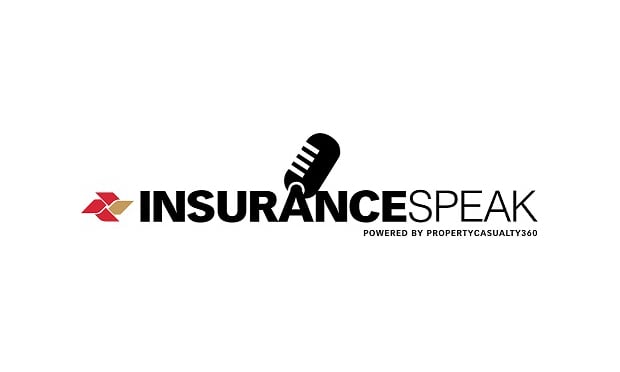(Bloomberg) – Tornadoes kill more people when they occur in "outbreaks," storm systems that spin out more than a half dozen or so funnels in a limited time and area. Such twisters killed 49 people in 2015, and almost 80 percent of tornado fatalities from 1972 to 2010 occurred during outbreaks.
That's an increasing concern for citizens of "tornado alley" and the insurers and reinsurers who cover them, as outbreaks in the U.S. are becoming more extreme, according to a study published Thursday in the journal Science. The work, building on previous research, has left researchers with some unexpected questions. For one, the data are inconsistent with how global warming is expected to change our world.
The study looks at the number of tornadoes and outbreaks, as well as trends in environmental conditions that encourage thunderstorms and tornadoes. The surprise in the work comes from the latter part.
|Storm fuel
As the planet warms, scientists project an increase in energy and moisture near the ground, something meteorologists call "convective available potential energy" or CAPE. Think of it as storm fuel. Greenhouse gases trap more energy in the atmosphere, which heats things up, which allows air to hold an exponential amount more water for every degree rise in temperature. Researchers generally expect that CAPE may mean more extreme storms.
Recommended For You
Want to continue reading?
Become a Free PropertyCasualty360 Digital Reader
Your access to unlimited PropertyCasualty360 content isn’t changing.
Once you are an ALM digital member, you’ll receive:
- Breaking insurance news and analysis, on-site and via our newsletters and custom alerts
- Weekly Insurance Speak podcast featuring exclusive interviews with industry leaders
- Educational webcasts, white papers, and ebooks from industry thought leaders
- Critical converage of the employee benefits and financial advisory markets on our other ALM sites, BenefitsPRO and ThinkAdvisor
Already have an account? Sign In Now
© 2025 ALM Global, LLC, All Rights Reserved. Request academic re-use from www.copyright.com. All other uses, submit a request to [email protected]. For more information visit Asset & Logo Licensing.








